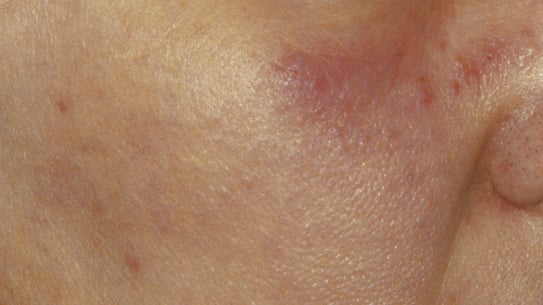1 professionals
Contact dermatitis: Clinic, diagnosis and treatment
Contact dermatitis: Clinic, diagnosis and treatment
URL copied
Medical editor: Dr. Pierre Schneider, Dermatologist, Saint-Louis Hospital, France.
Related topics


Currently, preservatives or perfumes are the most common cause.
Linked to shampoo components (e.g.: cocamidopropyl betaine).
Due to perfume spraying.
Due to deodorants of all types.
Widely in vogue in tourist sites, it uses black henna rich in paraphenylenediamine (PPD is a classic allergen of hair dyes) which leads to a symptomatology corresponding to an acute eczema usually bullous overlaying the tattoo but especially a scarring aspect most often achromic and sometimes hypertrophic.
The allergen is handled by the hands and worn on the face or other parts of the body, triggering eczema.
The allergen is carried by the wind and triggers eczema on areas not protected by clothing, usually the neck and face (e.g.: eczema caused by the stinging hairs of processionary caterpillars).
The allergen is carried by the spouse and transmitted to the partner during contact. (ex.: perfume, lipstick).
Create easily your professional account
I create my accountAccess exclusive business services unlimited
Access valuable features : audio listening & tools sharing with your patients
Access more than 150 product sheets, dedicated to professionals
